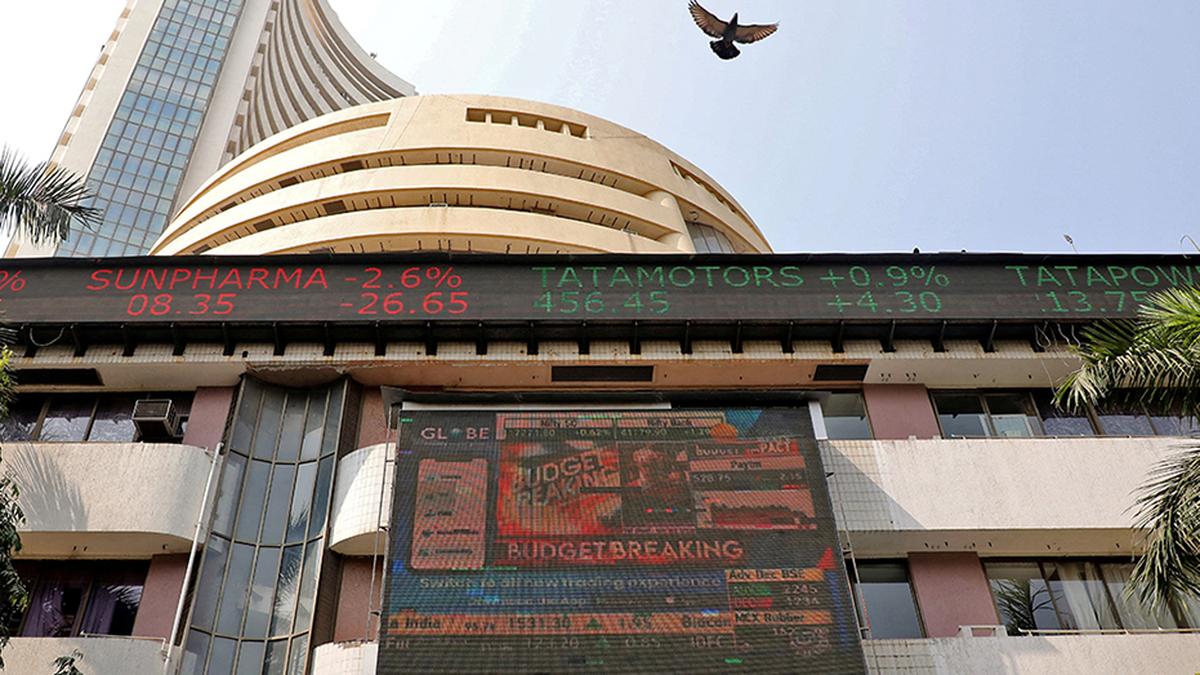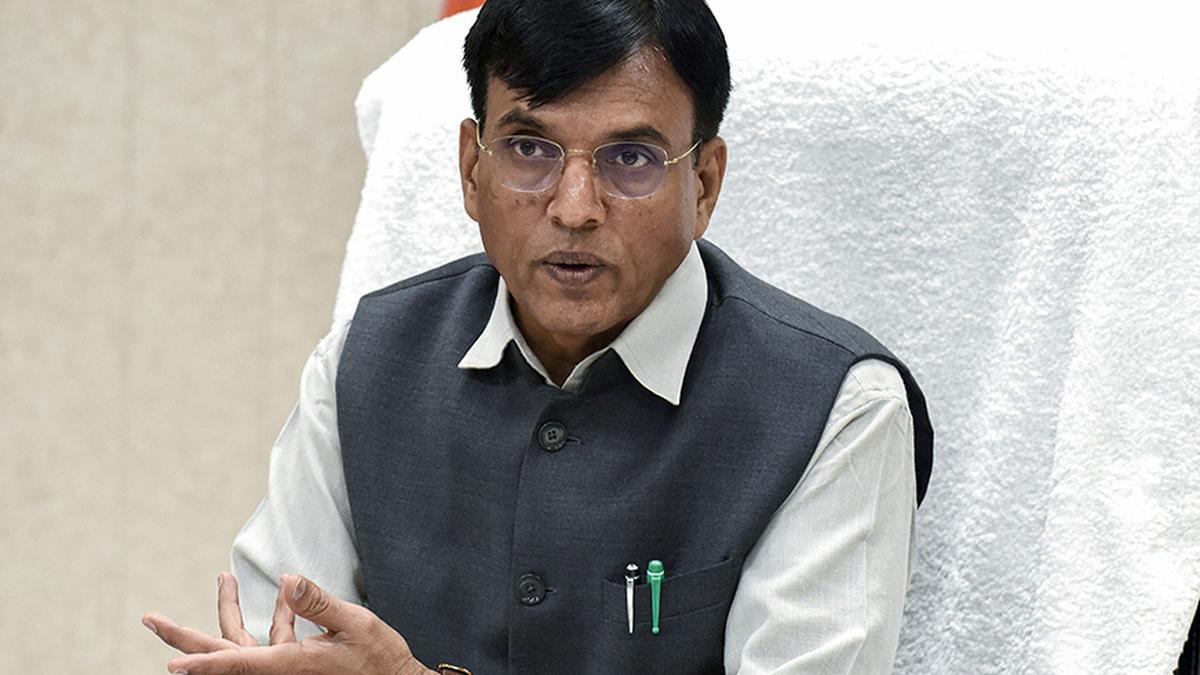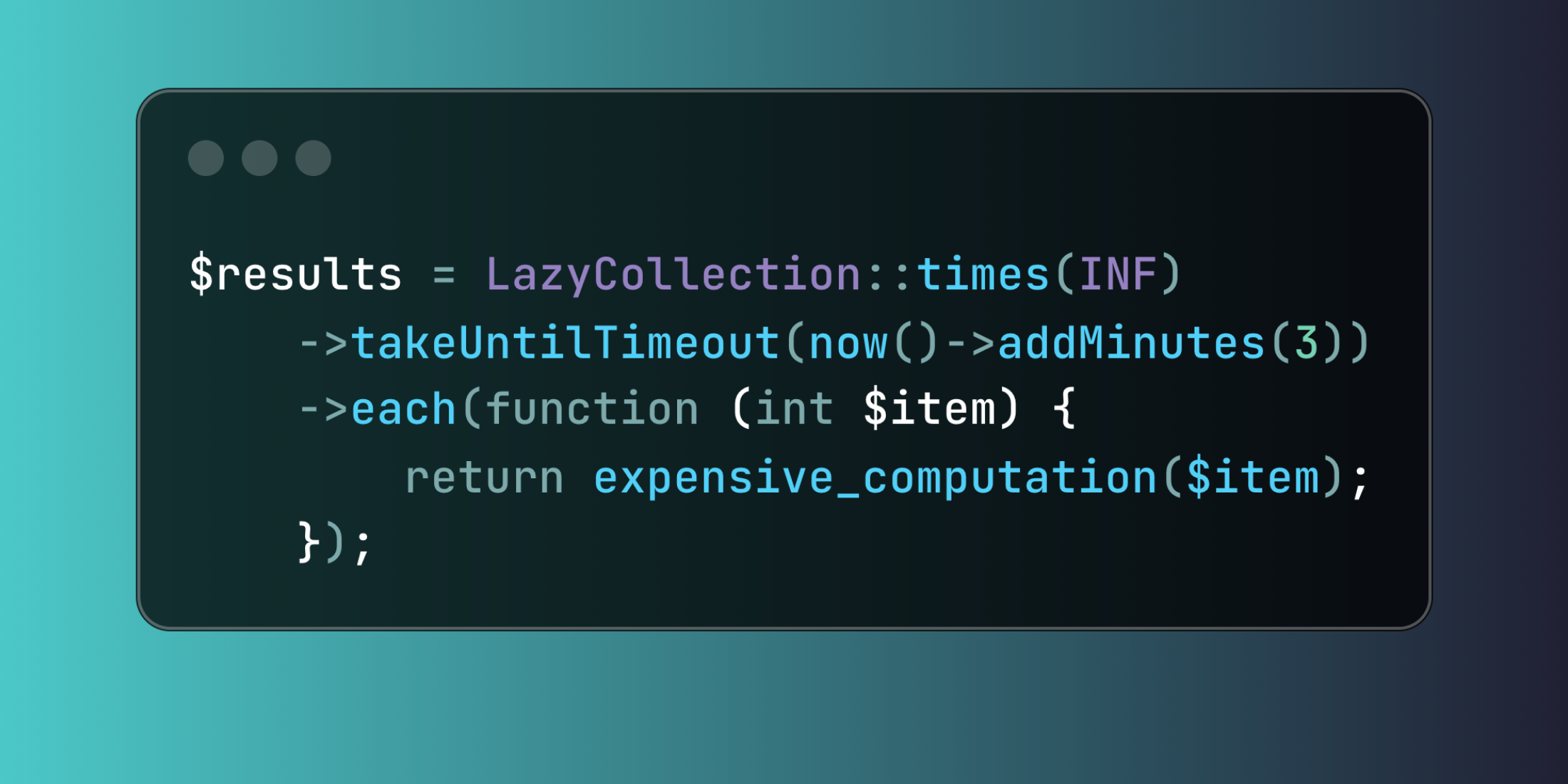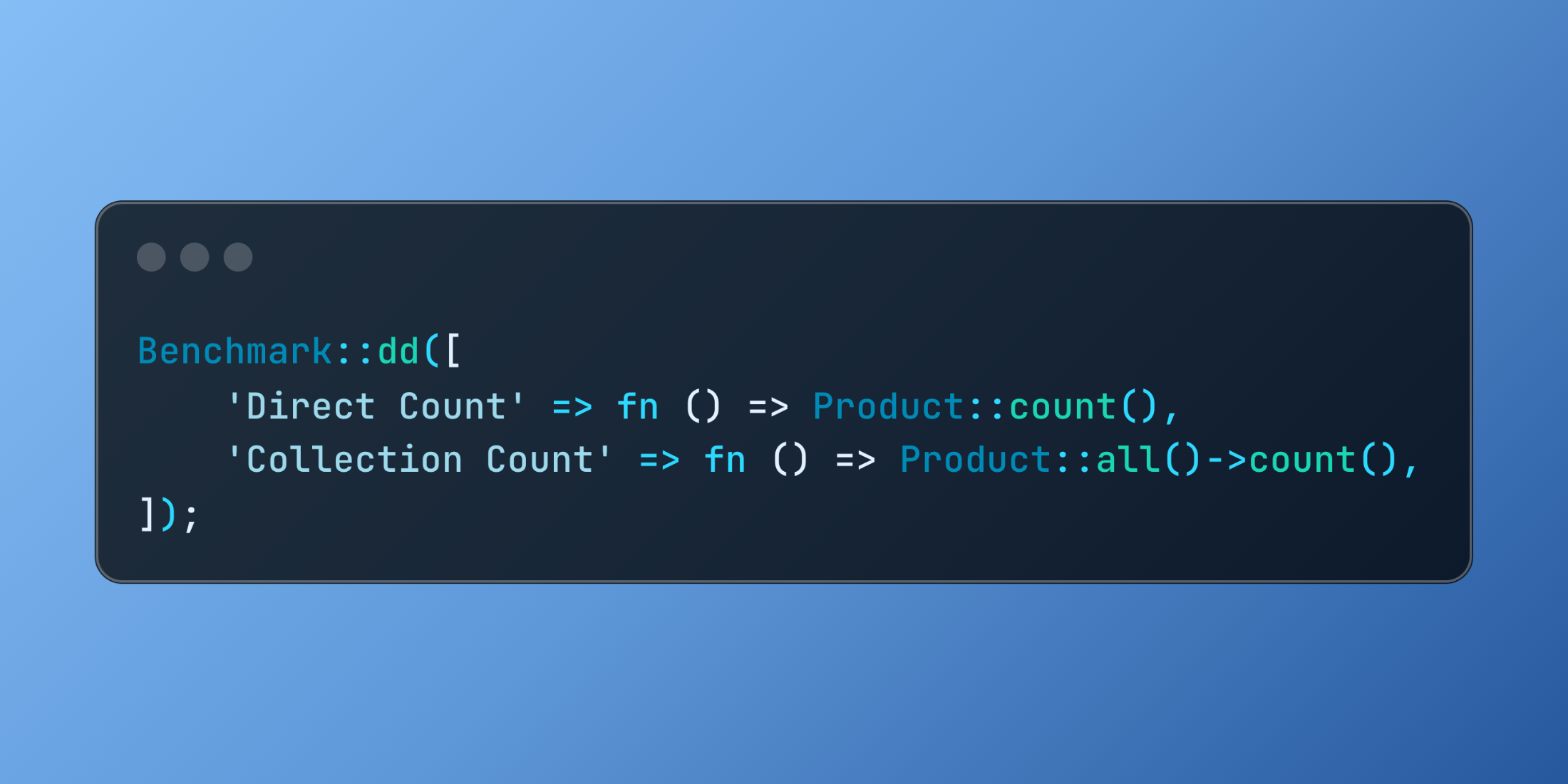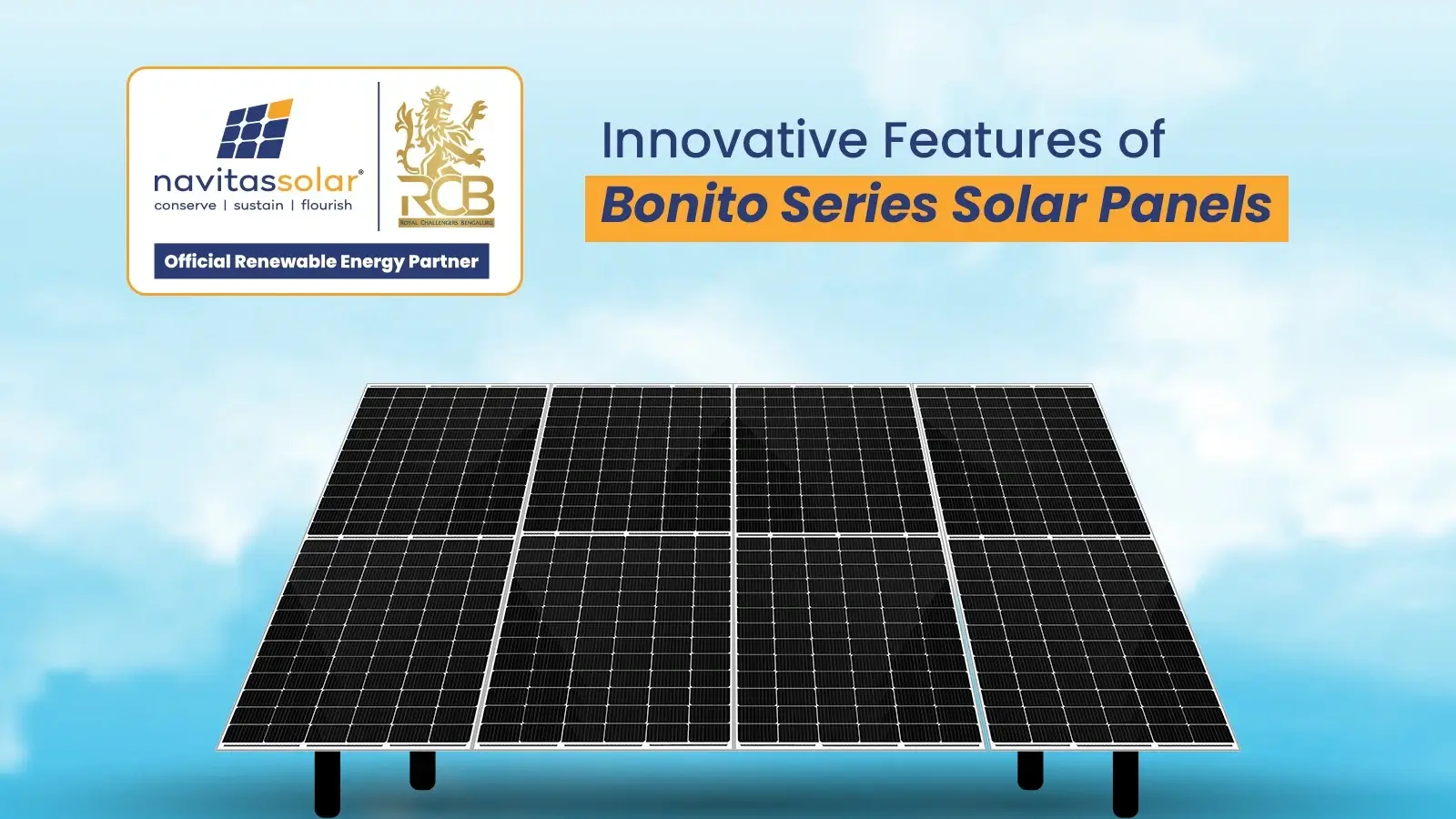4 Different Types Of Solar Panels (2025): Cost, Efficiency & Power
Which type of solar panel should you choose? Click here for information on the cost, efficiency, power capacity & other factors of 4 different types of solar panels. The post 4 Different Types Of Solar Panels (2025): Cost, Efficiency & Power appeared first on Rooftop Solar for your home and more - Blog | SolarSquare.

While traditionally, the first-generation solar panels (polycrystalline and monocrystalline) were the most popular types of solar panels for home use, technology has made huge strides. Many advanced types of solar panels have swamped the Indian market, including bifacial and PERC modules.
TL;DR Summary Box – Quick Comparison of the Types of Solar Panels in India
So, which one should you choose? That’s what this blog resolves. In this post, we will walk you through the different types of solar panels in India, the cost of installing a rooftop solar system, and the best type of solar panel for homes.
Choosing the right type of solar panel is crucial for maximizing performance, return on investment, and energy savings. From traditional monocrystalline panels to advanced options like bifacial and mono-PERC half-cut bifacial modules, this guide covers the 10 most popular types of solar panels in India, their working principles, ideal use cases, and cost implications.
Explore the table below to quickly compare efficiency, lifespan, cost, and ideal applications of each panel type.
Types of Solar Panels Efficiency and Lifespan Best For Monocrystalline solar panels Efficiency: 19-20%
Lifespan: 30-40 yearsHomes, corporate buildings, smart lighting Polycrystalline solar panels Efficiency: 16-17%
Lifespan: 20-25 yearsSolar farms, off-grid systems Thin-film solar panels Efficiency: 11-12%
Lifespan: 10-20 yearsIndustrial rooftops, vehicles, temporary structures DSSC solar panels Efficiency: ~11%
Lifespan: ~6 yearsUrban environments with irregular sunlight OPV solar panels Efficiency: 10-12%
Lifespan: ~10+ yearsSmart architecture, temporary structures Perovskite solar panels Efficiency: 25-35%
Lifespan: ~2.5 yearsResearch labs, pilot installations CPV / HCPV solar panels Efficiency: Up to 41%
Lifespan: 20+ yearsUtility-scale solar farms, desert installations Bifacial solar panels Efficiency: Up to 22
%Lifespan: 25+ yearsHomes with reflective rooftops, open yards PERC solar panels Efficiency: 19-22%
Lifespan: 25+ yearsSmall rooftops, urban homes Mono-PERC half-cut bifacial solar panels Efficiency: Up to 22.5%
Lifespan: 25-30 yearsHomes with partial shading
Before we get into the details of all these types of solar panels, let’s understand what a solar panel is and how it works.
What is a Solar Panel?
You might have seen blue-black sheets adorning multiple rooftops while walking through your city. Those sheets are usually solar panels – the most visible part of a solar system.
A solar panel, composed of multiple small units called solar cells (typically arranged in a grid-like pattern), captures sunlight and converts it into electricity. But how does this energy conversion occur, you ask?
Let’s take you through the entire process step-by-step.
How Does a Solar Panel Work? A Step-by-Step Breakdown
Here’s a step-by-step breakdown of how solar panels generate electricity from start to end:
Step 1: Sunlight Hits the Solar Panels
Each solar panel is made up of many solar cells. When sunlight falls on these cells, it hits a special material, typically silicon, that’s good at absorbing energy (photons) from sunlight.
Inside every solar cell is a p-n junction, which is formed by placing two types of silicon together:
- P-type silicon: It has extra holes (missing electrons)
- N-type silicon: It has extra electrons
This setup creates an electric field at the junction, which acts like a one-way gate for electrons to flow.
Step 2: Sunlight Frees the Electrons
The energy from sunlight excites the electrons in the silicon, knocking them loose and allowing them to move freely.
Step 3: The Electric Field Pushes the Electrons
The electric field at the p-n junction directs free electrons from step 2 to move in a specific direction. This controlled movement is what creates an electric current (direct current power).
Once the panels produce DC power, that power is taken to the solar inverter (another component of a solar system) and converted to AC (alternating current) that powers household appliances.
Now that you understand what a solar panel is and how it works, let’s take you through the different types of solar panels in India.
What Are The Different Types of Solar Panels in India?
Did you know?
The Indian government offers a subsidy to homeowners and housing societies installing on-grid rooftop solar systems under the PM Surya Ghar Muft Bijli Yojana. And as per the latest reports, the five Indian states that have solarized maximum homes as of March 2025 under this subsidy scheme are:
- Rajasthan: 26,622 households solarized
- Kerala: 65,423 households solarized
- Gujarat: 3,51,273 households solarized
- UP: 73,602 households solarized
- Maharashtra: 1,92,936 households solarized
Nationwide, the government had already solarized 10 lakh homes under this subsidy scheme by March 10, 2025. One major reason that the government has been able to convince so many homeowners to switch to solar is the progress being made by technology.
Primitive types of solar panels (the first-generation panels) were not extremely efficient in converting solar energy into electricity, which impacted ROI. However, modern types of solar panels like bifacial solar panels and mono-PERC half-cut bifacial solar panels have become extremely efficient, ensuring a higher return on investment. Hence, solar is no longer an expense; it’s an investment!
That said, let’s explore the different types of solar panels in India and then understand which of those types is the best type of solar panel for home use.
First-Generation Solar Panels
First-generation solar panels represent the oldest and most established category of photovoltaic technology. First introduced in the 1950s by Bell Labs, these panels marked the beginning of solar energy’s commercial journey.
Built using crystalline silicon – an abundant and durable semiconductor – they laid the groundwork for solar electricity as we know it today. They’re of two primary types: polycrystalline and monocrystalline.
1. Monocrystalline solar panels
Monocrystalline solar panels are crafted from a single, unbroken crystal structure of high-purity silicon. Known for their top-tier performance, these panels can achieve efficiency rates as high as 20%.
Key Highlights:
- Efficiency: 19% to 20%
- Lifespan: 30 to 40 years
- Best suited for: Homes, commercial rooftop systems, smart lighting, public infrastructure
- Pros: Maximum efficiency, heat-tolerant, visually sleek, durable
- Considerations: Higher upfront cost as silicon gets wasted during manufacturing
- Cons: It is affected by a phenomenon known as Light Induced Degradation (LID). Due to LID, the power output typically drops by about 2–2.5% during the first year. Over time, this degradation stabilizes, reaching a saturation point within a year, after which the modules no longer experience further significant decline.
Monocrystalline solar panels exhibit higher heat resistance compared to other panels, meaning their electricity production capacity is less affected by heat, and they produce electricity at a higher efficiency, even at high temperatures.
2. Polycrystalline Solar Panels
Polycrystalline solar panels are almost obsolete types of solar panels in India for home use due to their lower efficiency and lower heat tolerance.
However, these types of solar panels take a more budget-conscious approach to solar technology. Instead of using single crystals, solar panel manufacturers melt silicon fragments and mold them into square cells. This gives the panels their distinctive blue, speckled look and lowers production complexity.
Key Highlights:
- Efficiency: 16-17%
- Lifespan: 20-25 years
- Best suited for: Solar farms, off-grid solar PV systems
- Pros: Cost-effective, low-waste production
- Considerations: Lower efficiency, more rooftop space needed, less heat-tolerant
Polycrystalline solar panels have lower efficiency than monocrystalline solar panels, as they are composed of multiple silicon crystals, which limits the room available for electrons to move.
Many off-grid solutions, like traffic signals and rural installations, rely on polycrystalline panels for their balance of performance and price. However, in high-demand urban setups, they fall short in maximizing energy yield per square foot.
Second-Generation Solar Panels
Emerging in the late 1970s and gaining wider attention through the 1980s, second-generation solar panels differ from first-gen by using alternative materials. Instead of silicon wafers, these types of solar panels utilize ultra-thin layers of photovoltaic compounds, making them lighter, more flexible, and less expensive to produce.
Let’s explore the thin-film solar panels from the second generation in detail.
3. Thin-Film Solar Panels
Thin-film solar panels are the most widely recognized among second-generation technologies. Built using layers of photovoltaic material (like amorphous Silicon, Cadmium Telluride ) just a few micrometres thick, these panels are drastically slimmer than traditional silicon modules.
Key Highlights:
- Efficiency: 11-12%
- Lifespan: 10-20 years
- Best for: Industrial rooftops, vehicles, temporary structures, portable kits
- Pros: Ultra-lightweight, cost-efficient, flexible installation options
- Considerations: Lower energy output, shorter warranty periods, less suited for rooftop solar panel systems for homes
Their slimness makes them lightweight and bendable, allowing for creative installation on curved surfaces or even mobile vehicles.
Here are the most commonly used materials to manufacture thin-film solar panels:
- Cadmium telluride (CdTe)
- Amorphous silicon (a-Si)
- Copper indium gallium selenide (CIGS)
Third-Generation Solar Panels
The different types of solar panels in the third generation explore various materials, ranging from crystal hybrids to nanotechnology.
While many third-generation panels are still in the development stages, they’ve already shown impressive performance in laboratory settings. Technologies like perovskite and concentrated PV cells are expected to shape the future of solar power.
Let’s explore the different types of solar panels in the third generation:
4. Dye-Sensitized Solar Cells (DSSCs)
DSSCs represent a completely different approach to harvesting solar energy. Instead of relying on silicon, these panels use a special dye coated onto a semiconductor (often titanium dioxide) to absorb light and initiate the energy conversion process.
Key Highlights:
- Efficiency: Around 11% (up to 14% in lab settings)
- Lifespan: 6 years (varies by build quality)
- Best for: Urban environments with irregular sunlight, small devices, experimental use
- Pros: Inexpensive to make, works in low light, good thermal resilience
- Considerations: Modest efficiency, limited large-scale adoption, still evolving
These types of solar panels shine in conditions where sunlight is inconsistent. They don’t need direct rays to perform, making them effective in shaded or overcast environments.
5. Organic Photovoltaic (OPV) Panels
OPVs use organic polymers and carbon-based materials instead of traditional semiconductors. Their standout feature? Exceptional design freedom. OPV solar panels are lightweight, semi-transparent, and can be printed like a film, making them incredibly adaptable for building windows and even wearable tech.
Key Highlights:
- Efficiency: 10-12% (up to 19% in lab conditions)
- Lifespan: 10+ years (currently improving)
- Best for: Smart architecture, temporary structures, experimental tech
- Pros: Lightweight, aesthetic, low-cost production, eco-friendly potential
- Considerations: Lower durability, not yet ideal for heavy energy use at homes, evolving tech
For now, their real-world performance remains moderate, and their durability doesn’t yet match up to other solar types, making OPVs more suitable for low-load applications.
6. Perovskite Solar Panels
Perovskite panels are quickly becoming the star of the solar market. What makes them especially attractive is their sky-high potential efficiency. Lab tests have recorded results of 25% and above.
Key Highlights:
- Efficiency: 25–35% (experimental)
- Lifespan: 2.5 years (continued efforts being made to increase their life)
- Best for: Research labs, pilot installations, futuristic solar designs
- Pros: High potential efficiency, affordable to produce, flexible form factor
- Considerations: Limited lifespan, instability in real-world conditions, not yet commercially scaled
Beyond performance, perovskites are easily manufactured using low-cost techniques such as solution processing or printing. Their lightweight and flexible nature also makes them a candidate for rollable or transparent solar applications.
7. Concentrated Photovoltaic (CPV and HCPV) Panels
Concentrated photovoltaic systems take a radically different approach by intensifying sunlight before it reaches the solar cell. Using lenses or mirrors to focus sunlight onto a small but highly efficient cell, CPV and HCPV technologies have reached energy conversion rates exceeding 40%, a figure unmatched by any other PV type to date.
Key Highlights:
- Efficiency: Up to 41% (depending on conditions)
- Lifespan: 20+ years
- Best for: Utility-scale solar farms, desert installations, research projects
- Pros: Highest efficiency available, excellent for sunny climates
- Considerations: Expensive setup, requires tracking systems, not viable for residential rooftops currently
CPV systems excel under direct, intense sunlight. However, they depend heavily on sun-tracking mechanisms (solar trackers) to maintain alignment perpendicular to the sun, which adds complexity and cost. For this reason, they are best suited to large solar farms or industrial setups in high-irradiance regions.
Most-Promising Types of Solar Panels For Homes
As residential solar demand grows, solar panel manufacturers are pushing the limits of solar panel design to improve efficiency and reduce energy losses. While traditional monocrystalline solar panels are still used, more advanced types of solar panels in India have steadily made their way into Indian households.
These options not only offer better output in compact spaces but also excel in challenging weather or shading conditions.
Here’s a snapshot of the types of solar panels for houses:
8. Bifacial Solar Panels
Bifacial solar panels are designed to capture sunlight from both the front and the rear surfaces of the panel. Unlike standard panels that only utilize one face, these modules take advantage of reflected light bouncing off the ground, rooftops, or surrounding objects, making them incredibly efficient in open, reflective environments.
Key Highlights:
- Efficiency: Up to 22%
- Lifespan: 25+ years
- Ideal for: Homes with reflective rooftops, open yards, or east-west tracking systems. Can be used to install rooftop solar for housing societies
- Pros: Higher energy yield, performs well in diffuse light, visually sleek
- Considerations: Needs specific placement, higher initial cost
These types of solar panels are typically constructed using crystalline silicon, ensuring durability while capturing energy on both sides.
9. PERC Solar Panels
PERC stands for Passivated Emitted and Rear Contact, a technology that enhances conventional solar cells by adding an extra layer of SiN on the back improving passivation and reducing absorption losses. This additional layer helps trap more sunlight within the cell, reducing energy loss and improving overall conversion efficiency.
Key Highlights:
- Efficiency: 19-22%
- Lifespan: 25+ years
- Ideal for: Small rooftops, urban homes, areas with variable sunlight
- Pros: Enhanced efficiency, strong low-light performance, widely available
- Considerations: Slightly pricier than conventional panels
Often combined with monocrystalline wafer (as in Mono-PERC panels), this tech allows for higher power output per square foot, making it a popular choice in space-constrained residential settings. It also improves low-light performance, such as during mornings or cloudy days, and handles heat more effectively than traditional panels.
10. Mono-PERC Half-Cut Bifacial Solar Panels
Half-cell panels, sometimes referred to as split-cell modules, take a clever approach to minimizing energy loss. Each standard solar cell is cut in half, allowing better current flow through the module. This design also helps panels perform more efficiently in partially shaded conditions, ideal for homes surrounded by trees or tall buildings.
Key Highlights:
- Efficiency: Up to 22.5%
- Lifespan: ~25-30 years
- Ideal for: Homes with partial shading, high-heat areas, compact rooftops
- Pros: Great shade tolerance, heat-resistant, long-lasting
- Considerations: Slightly higher cost
Solar Panel Sizes and Wattage
The power rating of solar panels is measured in Wp, i.e. Watt-peak, which is the peak DC power generated by the panel under standard testing conditions. Different types of solar panels have different capacities in Wp due to their different efficiencies.
- Mono-PERC Panels, Which Combine Monocrystalline Silicon Cells with PERC Technology: They have the highest power rating among commercially available solar panels. This is because of the high efficiency of monocrystalline cells combined with PERC technology. Panels with up to 540 Wp DC power are available from most Tier 1 Chinese solar panel manufacturers. Their size is 2,279 (± 2mm) x 1,134 (± 2mm).
- Polycrystalline Solar Panels: They are typically available in the range from 320 to 370 Wp, with 335 Wp the usual standard size. The size of 335 Wp modules is 1,958 x 987 (± 2mm).
- Thin Film Solar Panels: They are mainly used only in large utility scale power plants. The size of the 300 Wp module is usually 1,960 x 992.
Popular Types of Solar Systems in India for Homes
In India, there are basically two types of solar systems that are popular for homes: on-grid solar systems and off-grid solar systems:
- On-Grid Solar System: This type of system is most popular for urban areas with a reliable grid. It’s also called a grid-connected solar system. This type of system is connected to the utility grid with the help of a bi-directional meter. This meter keeps a record of the unit exchange between the solar system and the grid, and a bill is generated based on that. If the plant exports more units to the grid than it imports, the customer gets credits. If the plant imports more units, the customer pays for the extra units consumed.
- Off-Grid Solar System: Instead of being connected to the utility grid, the off-grid solar system is connected to a battery bank usually composed of lithium batteries. It is a lot more expensive and complex than an on-grid solar system. It’s recommended you go for this type only if you live in a remote area with no power grid. Furthermore, the Indian government offers a subsidy only on on-grid systems, not off-grid.
How Much Do Solar Panel Systems Cost?
| Did you know? The price of a 500-watt MonoPERC half-cut bifacial panel is Rs. 12,000*. On the other hand, the price of similar-capacity DCR monocrystalline modules in subsidy projects ranges from Rs. 13,500* to Rs. 16,500*. *Please note: The solar panel price listed above is not fixed. The prices vary from city to city. |
The cost of installing a solar system in India at homes varies throughout the country. We’ve listed the estimated cost with and without a subsidy for your reference. Have a look!
Solar Systems Installation Cost Without Subsidy:
- Starting price of solar panel installation in India for a 2 kWp system (Base variant): ~ Rs. 1,75,000* in Ahmedabad to ~ Rs. 2,00,000* in Bengaluru
- Starting price of solar panel installation in India for a 3 kWp system (Base variant): ~ Rs. 2,05,000* in Ahmedabad to ~ Rs. 2,35,000* in Bengaluru
- Starting price of solar panel installation in India for a 5 kWp system (Base variant): ~ Rs. 2,95,000* in Ahmedabad to ~ Rs. 3,70,000* in Bengaluru
- Starting price of solar panel installation in India for a 10 kWp system (Base variant): ~ Rs. 5,70,000* in Ahmedabad to ~ Rs. 6,40,000* in Bengaluru
*Please note: These prices are indicative as of 26th June 2025 for SolarSquare Blue 6ft variant. The actual final on-grid solar system cost depends on your city, DISCOM charges, product variant opted for, panel type, inverter type, mounting structure height, type of after-sales service, savings guarantee, roof height, etc.
Solar Systems Installation Cost With Subsidy:
- Starting price of solar panel installation in India for a 2 kWp system after subsidy (Base variant): ~ Rs. 95,000* in Lucknow to ~ Rs. 1,40,000* in Bengaluru
- Starting price of solar panel installation in India for a 3 kWp system after subsidy (Base variant): ~ Rs. 1,07,000* in Lucknow to ~ Rs. 1,57,000* in Bengaluru
- Starting price of solar panel installation in India for a 5 kWp system after subsidy (Base variant): ~ Rs. 2,07,000* in Lucknow to ~ Rs. 2,92,000* in Bengaluru
- Starting price of solar panel installation in India for a 10 kWp system after subsidy (Base variant): ~ Rs. 4,77,000* in Lucknow to ~ Rs. 5,62,000* in Bengaluru
*Please note: These prices are indicative as of 26th June 2025 for SolarSquare Blue 6ft variant. The actual final on-grid solar system cost depends on your city, DISCOM charges, product variant opted for, panel type, inverter type, mounting structure height, type of after-sales service, savings guarantee, roof height, etc.
Why Choose SolarSquare as Your Rooftop Solar Company?
Kyunki, mehanagi bijli se muft bijli tak ka safar aasaan banaata hai, SolarSquare!
7,000+ customers have rated SolarSquare 4.8 on Google. Here are the many reasons why our customers trust us:
- Zero-investment Solar Scheme: Our zero-investment loan scheme effectively makes your initial investment zero. That’s because the down payment you pay is the same as the government subsidy you get. So, you are paying effectively nothing from your pocket. The monthly savings you get are more than the EMI you pay under this structure.
- Swift Installation: We promise to set up your rooftop solar system within 8 hours.
- Solid After-Sales Support: We offer a minimum of 45 maintenance visits over 5 years to ensure your system remains working at its peak efficiency and you get maximum returns on investment.
- Leakage-Free Guarantee: We use HILTI AirTight chemical anchoring that guards a roof against water leakage post installation. If a leak still occurs, we offer a Rs. 1 lakh leakage-free guarantee for 1 year.
- Money-Back Guarantee: We’re India’s first and ONLY solar company to offer a money-back guarantee at Rs. 8 per unit if we fall short on promised generation.
- Highest Quality Standards: We conduct in line inspections of modules while those are being manufactured, ensuring quality is followed at every stage of manufacturing. The high quality modules coupled with best designed ( Design approved by IIT-Bombay) reliable module mounting structures forms a core of our highest quality standards that we follow in installation of Solar System
Conclusion
There are different types of solar panels in India. Out of those, bifacial solar panels and Mono-PERC half-cut bifacial solar panels are the best for houses. These types offer the maximum return on investment and have a longer lifespan and higher efficiency than most other types of solar panels in the market.
If you have any further questions about the best solar panel for home, simply book a free solar consultation with SolarSquare now.
FAQs
Q1. What type of solar panel is best?
Ans. Mono-PERC half-cut bifacial solar panels are considered the best for homes. They require less installation space, and their return on investment is relatively high.
Q2. How many types of solar panels are there?
Ans. Based on generations, there are three kinds: first-generation, second-generation, and third-generation solar panels. Monocrystalline solar panels, from the first generation, have dominated the Indian market for decades. However, the more advanced ones, including bifacial and mono-PERC half-cut bifacial solar panels, have already started gaining popularity in India due to their higher efficiency.
Q3. Which solar panel brand is best?
Ans. Premier Energies, Navitas Solar, and Renew are some of the best solar panel manufacturers in India.
Q4. What does PV stand for in solar?
Ans. PV in solar stands for Photovoltaic, which refers to the process of converting sunlight directly into electricity using semiconductor materials.
The post 4 Different Types Of Solar Panels (2025): Cost, Efficiency & Power appeared first on Rooftop Solar for your home and more - Blog | SolarSquare.
What's Your Reaction?






























